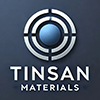Showing 637–648 of 672 results
-
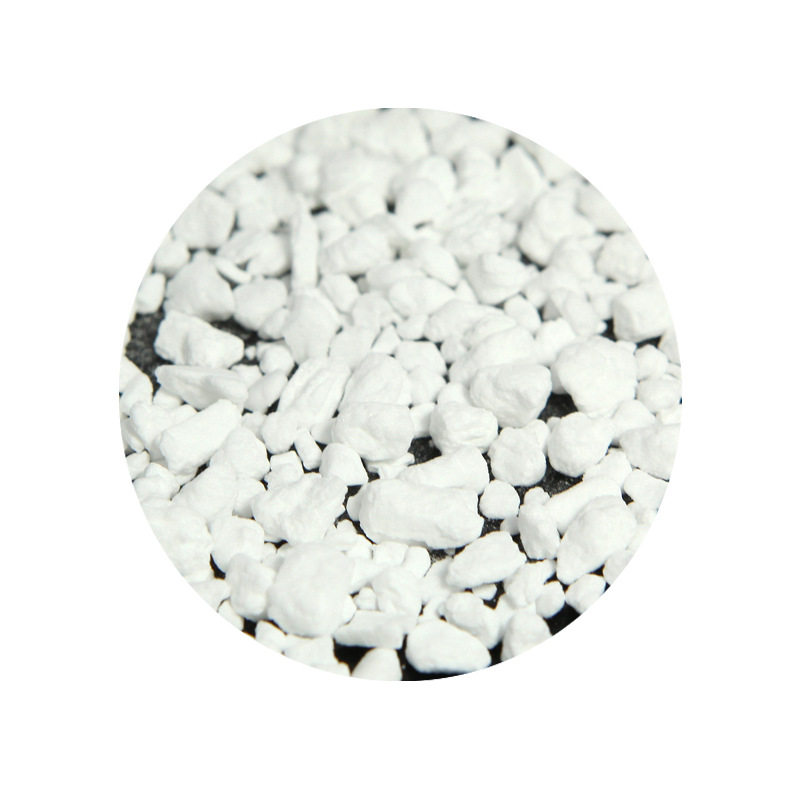
- Wide Transmission Range: Offers excellent transparency from UV (down to 200 nm) to IR (up to 10 µm), making it versatile for various optical applications.
- Low Refractive Index: Has a low refractive index (~1.5), which makes it a good material for anti-reflective coatings.
- High Chemical Stability: YF₃ is chemically inert, ensuring long-lasting coatings that resist corrosion, oxidation, and environmental wear.
- Low Absorption: Provides coatings with minimal light absorption, especially important in high-energy optical and laser systems.
- Thermal Stability: Offers good thermal stability, making it suitable for high-temperature deposition processes.
-


- Low Refractive Index: YF₃ films offer a low refractive index, making them ideal for anti-reflective coatings and optical thin films.
- High Purity: Available in ≥99.9% purity, ensuring clean deposition and minimal contamination in thin-film applications.
- Chemical Resistance: Resistant to acid and alkali, making it suitable for harsh environments.
- Optical Transparency: High optical transparency in the UV and visible spectra, enhancing the performance of optical coatings.
- Durability: Offers excellent mechanical properties and resistance to environmental degradation, ensuring long-term stability.
-
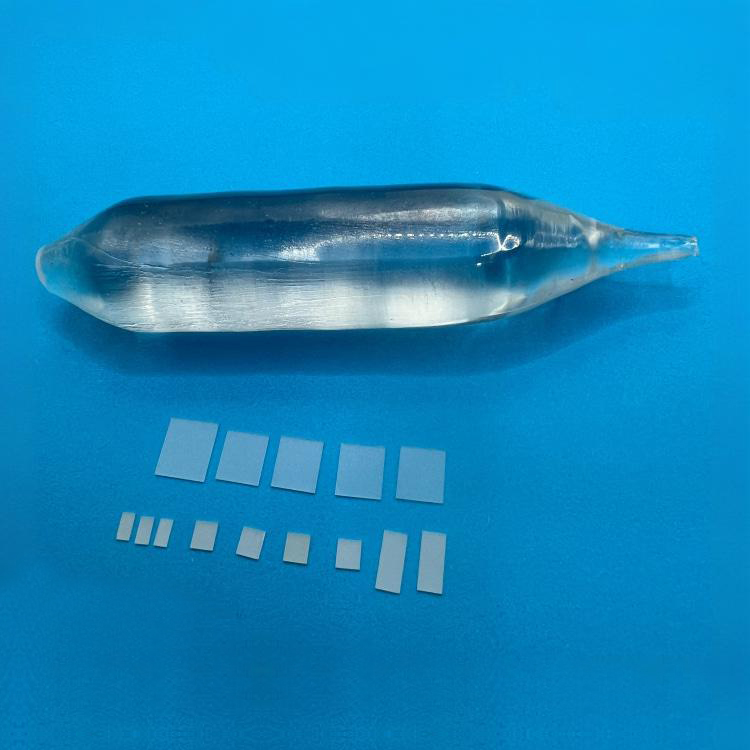
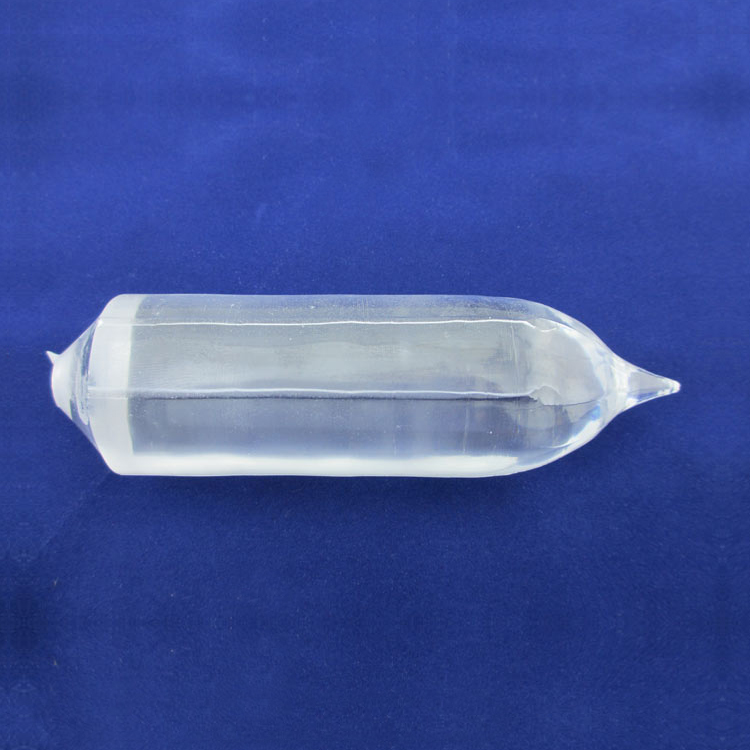
- High Thermal Stability: Suitable for high-temperature environments and laser operations.
- Excellent Mechanical Strength: Durable and resistant to cracking during processing.
- Broad Optical Transparency: Ranging from ~230 nm to 5.5 μm.
- Low Thermal Expansion Coefficient: Reduces thermal stress during device fabrication.
- High Refractive Index: Beneficial for optical and laser device efficiency.
- Good Chemical Resistance: Stable against most acids and alkalis under normal conditions.
- Low Dielectric Loss: Suitable for microwave and RF applications.
- Efficient Host Crystal: Ideal for rare-earth doping for laser crystals (e.g., Nd:YAP lasers).
-

-
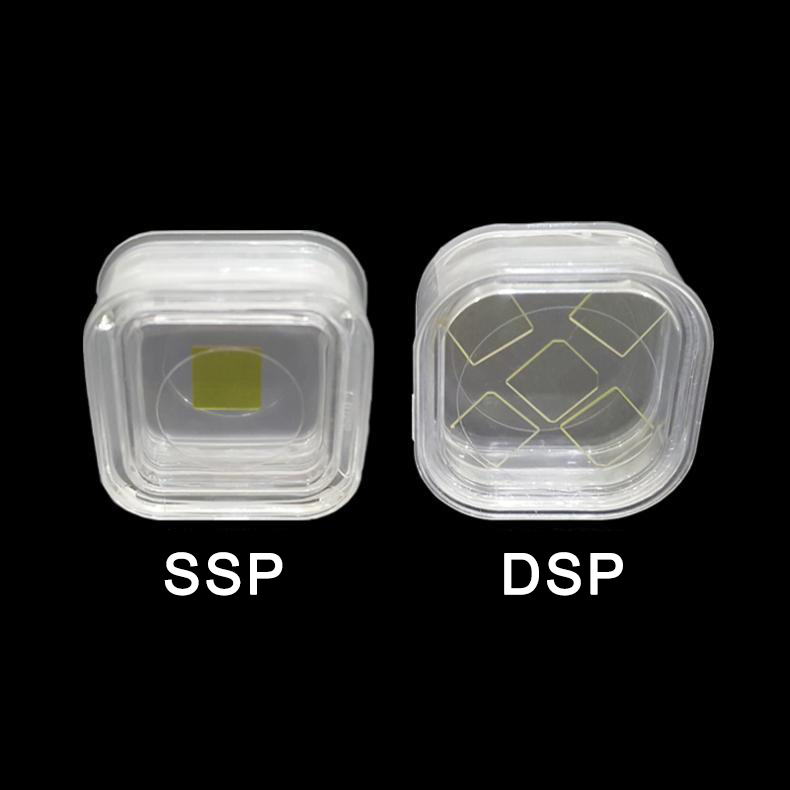
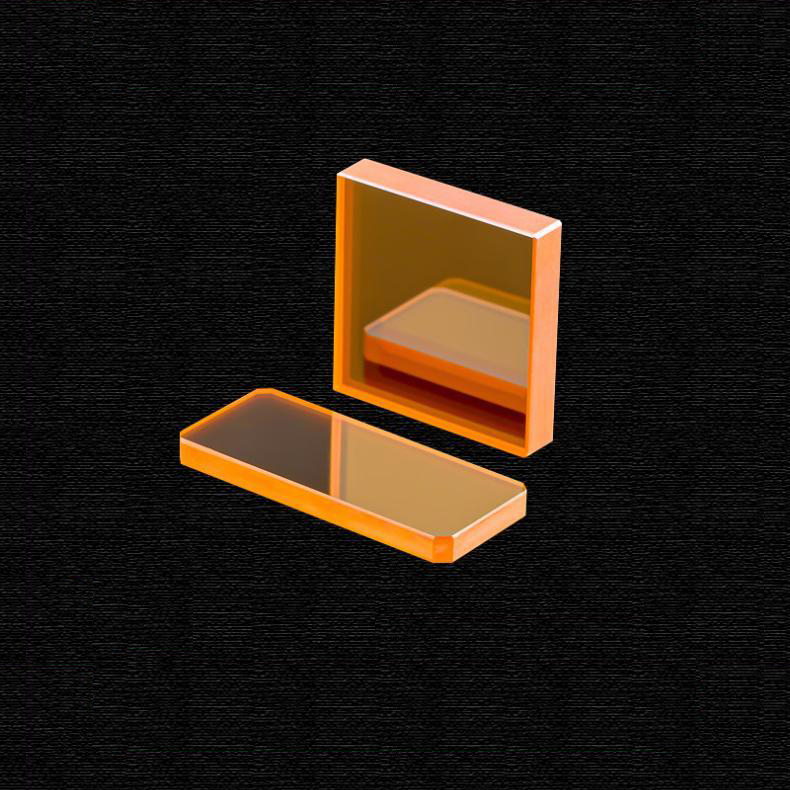
- Broad Infrared Transmission: Covers visible to far-IR regions (0.5–22 μm).
- High Refractive Index: Suitable for focusing and imaging applications.
- Low Bulk Absorption: Enables high-power CO₂ laser operation.
- Excellent Thermal Shock Resistance: Suitable for high-power, high-temperature environments.
- Chemical Stability: Resistant to moisture and most chemicals in ambient environments.
- Isotropic Optical Properties: Minimal birefringence effects.
- High Damage Threshold: Ideal for high-power laser optics and windows.
- Good Mechanical Strength: Though softer than sapphire, sufficient for most optical setups.
- Compatible with Anti-Reflection (AR) and Protective Coatings: Enhances performance and durability.
-
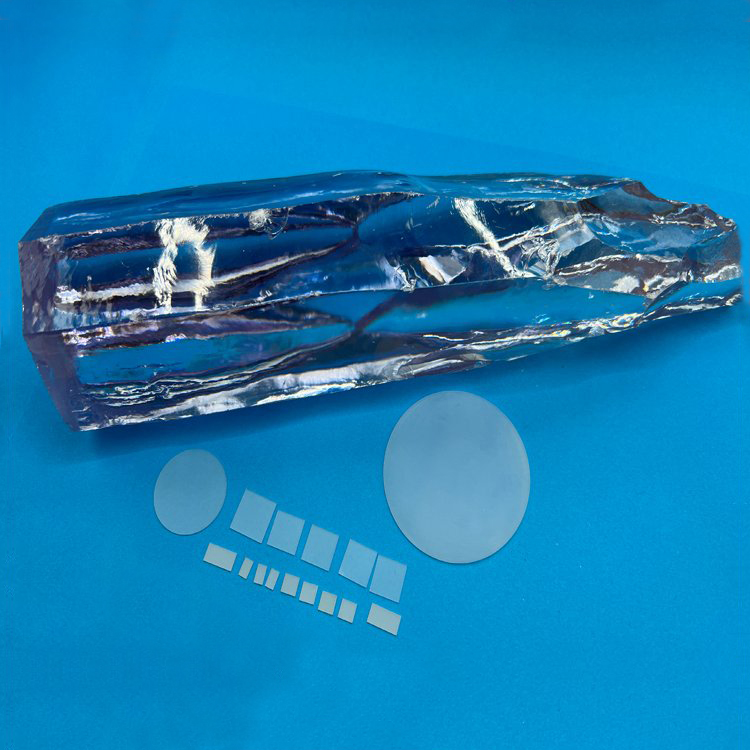

- High Thermal Stability: Outstanding resistance to high temperatures up to 2500°C.
- Exceptional Mechanical Properties: High hardness, high fracture toughness, and high wear resistance.
- Excellent Ionic Conductivity: Suitable for solid oxide fuel cell (SOFC) applications.
- Low Thermal Conductivity: Ideal for thermal barrier coatings.
- Wide Optical Transmission Range: Transparent from visible to mid-IR (approximately 0.3 – 5 μm depending on doping and phase).
- Chemical Resistance: Highly resistant to corrosion, oxidation, and chemical attack.
- Various Crystal Phases Available: Including cubic-stabilized zirconia (YSZ) and tetragonal zirconia.
-
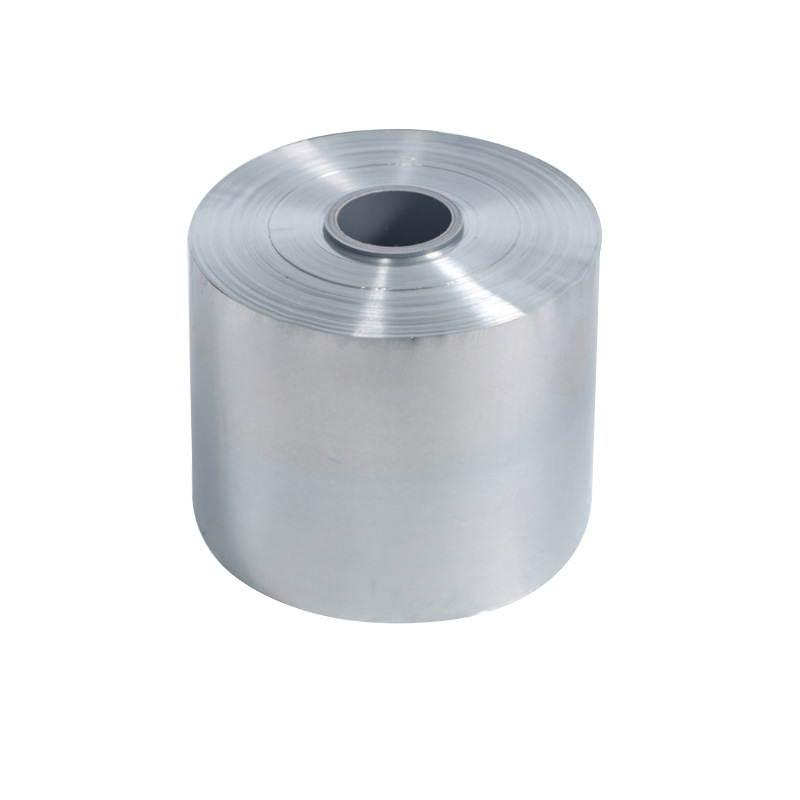
- Corrosion Resistance: Zinc is known for its excellent corrosion resistance, especially in moist environments. It forms a protective oxide layer that shields the material from further corrosion, making it ideal for use in outdoor and harsh environmental conditions.
- Electrical Conductivity: Although not as conductive as copper or aluminum, zinc foil still offers good electrical conductivity, making it suitable for applications in electrical components, such as batteries and capacitors.
- Thermal Conductivity: Zinc has relatively high thermal conductivity, making zinc foil useful in heat dissipation applications, particularly in electronics and industrial processes where temperature control is critical.
- Malleability and Flexibility: Zinc foil is highly malleable, allowing it to be easily shaped and fabricated into thin, flexible sheets. This makes it suitable for a variety of industrial applications requiring precise material manipulation.
- Non-Toxicity and Biocompatibility: Zinc is a biocompatible metal, meaning it can be used in medical and food-related applications without adverse effects. It is also non-toxic, which adds to its safety and versatility in various industries.
- Antimicrobial Properties: Zinc has natural antimicrobial properties, making zinc foil valuable in applications where hygiene and contamination control are critical, such as in medical equipment and food packaging.
-
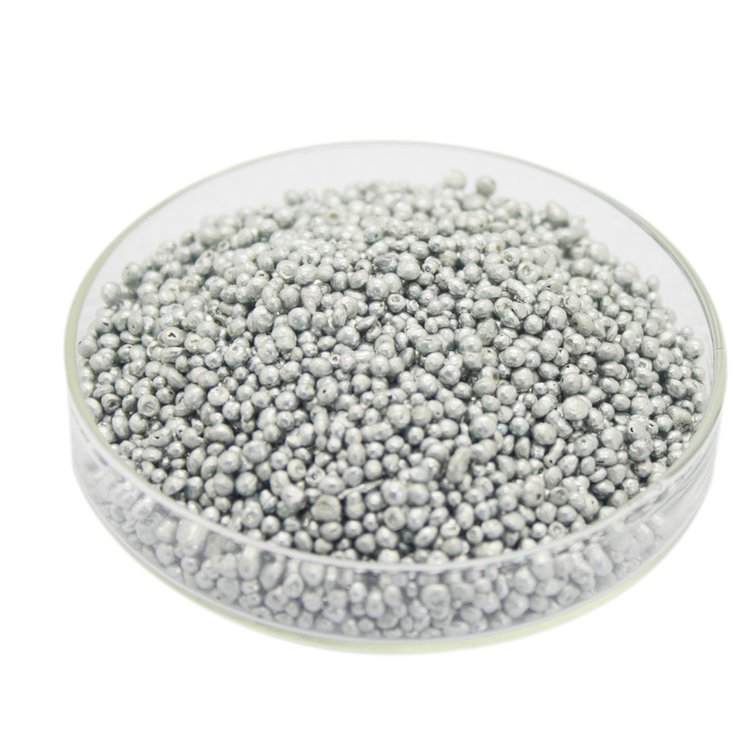

- High purity (≥99.9%).
- Excellent thermal and electrical conductivity.
- Uniform pellet size for consistent deposition.
- Superior corrosion resistance.
- Customizable sizes and packaging.
-
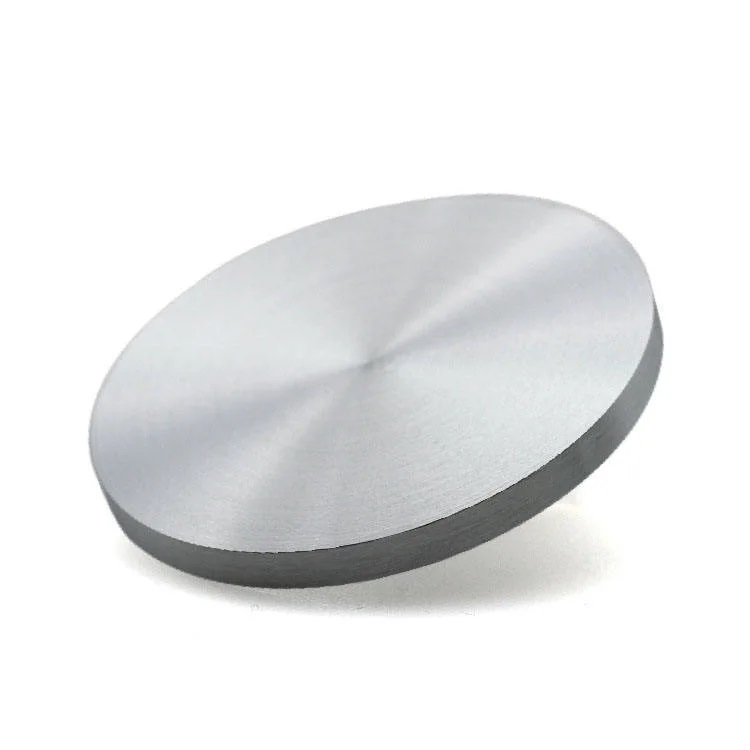

Zinc (Zn) sputtering targets are essential for industries that require corrosion-resistant, conductive, and versatile coatings, making them indispensable in electronics, optics, protective coatings, and energy-related applications.
-

- Efficient Corrosion Protection: Widely used for anti-corrosion coatings, zinc wire prolongs the lifespan of steel and other metals in harsh environments.
- Ease of Application: Zinc wire is easily applied using thermal spray techniques or galvanizing, offering uniform and durable coatings.
- Cost-Effectiveness: Zinc wire provides a cost-effective solution for protecting structures and components compared to other anti-corrosion methods.
- Customizability: Available in various diameters and purity levels, zinc wire can be tailored to meet specific industrial needs.
- Eco-Friendly: Zinc coatings are recyclable and environmentally safe, adhering to sustainable manufacturing practices.
- Excellent Bonding Properties: Zinc wire adheres well to a variety of substrates, ensuring long-lasting and reliable coatings.
-

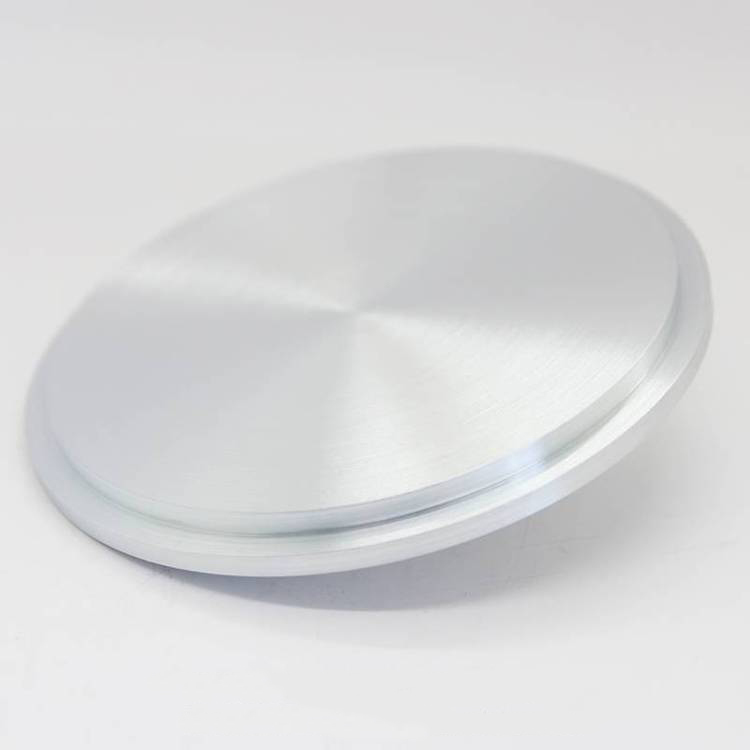
- Thermoelectric Properties: Zn₃Sb₂ is known for its high thermoelectric efficiency, making it an excellent material for energy conversion applications.
- High Purity: Available in various purity grades, ensuring the production of high-quality thin films.
- Stable Deposition: Consistent film quality and performance, ideal for advanced manufacturing processes.
- Durability: Offers excellent thermal stability, reducing the risk of material degradation during deposition and application.
- Wide Application Range: Suitable for a variety of industries, including semiconductor, energy, and sensing technologies.
-
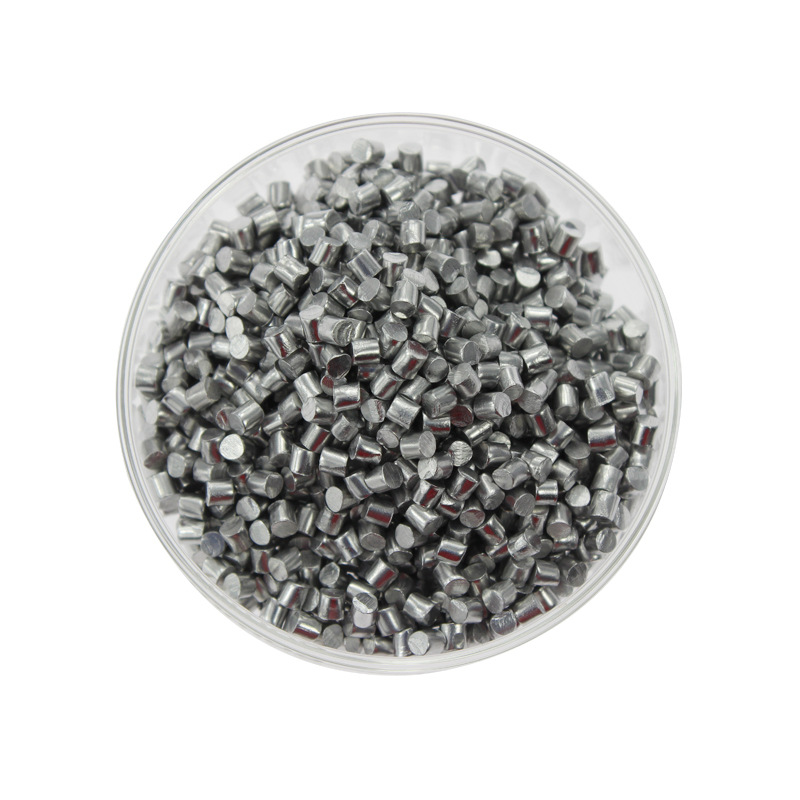
- Corrosion Resistance: Provides superior protection against oxidation and moisture.
- Good Electrical Conductivity: Ensures efficient performance in electronic applications.
- Lightweight: The alloy’s low density makes it ideal for applications where weight is a concern.
